Joe Bauer has been working in visual effects since 1993. As a VFX Supervisor, he took care of the effects of many films such as DOUBLE TEAM, ELF, OUTLANDER and LEGION. He has been working on GAME OF THRONES since the 3rd season.
What is your background?
I have a Masters in film production from NYU (woo hoo!). Started on STAR TREK: THE NEXT GENERATION, and have worked on roughly twenty movies, before joining GAME OF THRONES in 2012, season 3.
How did you get involved on this serie?
During season 2, Steve Kullback contacted me about joining the series, but I wasn’t available. By season 3, the timing was better and I came on board.
What was your first memory when you arrived on Game of Thrones?
My first thought was that Belfast NI was very far from Los Angeles! I was also struck by the sheer number of people working on the show. It was a major production.
How did you organize the work between you?
Steve and I do different things. As he describes it, I’m the “director” and he’s the “producer” in common film parlance. I focus on creative and process and he concentrated on money, schedule and logistics.
What is a typical day for you on-set and then during the post?
Set can start very early, very far away and in extreme environmental conditions. I usually adhere myself to the director and DP, as that’s as far upstream as you can get on a film set. The last two seasons however, the VFX workload has increased to the point that I’ve barely made it to set. My days were consumed with previz and tech viz, editorial prep and turn over and various departmental meetings. There was very little time to stand on set, so we brought in other very competent set supervisors, Stefen Fangmeier, Eric Carney and Ted Rey.
How did you work with showrunners and the various directors?
Steve and I start well before the directors in many cases, breaking out the visual effects, and getting the download from showrunners David and Dan. In this case we’re all ears, receiving information, thoughts, hopes, dreams and expectations. This is vital in how we move forward. Once the directors come on we do a similar process, though much more specifically, by sequence and sometimes even by shot. All of this said, for major complex sequences we sometimes need to dig in prior to arrival of directors. There is only so much time to wrap our heads around episode and season needs, and we frequently have to make assumptions and get out in front of the work before receiving specific directorial guidance. It’s not surprising that much of this early prep survives through finish.
The scope of the work has increase from season to season. How did you adapt your work and your methodology to that?
We staffed up! We also increased our vendor base.
As the size of work was increasing, more and more vendors joined the adventure. How did you choose them?
The vendors were chosen based on criteria including familiarity, reputation, recent work, availability and in some cases tax incentives.
Can you tell us more about your collaboration with their VFX Supervisors and their teams?
The vendor supes are my generals and creative partners. They are the touchstone for the work being produced at their facility and by their artist teams. When the vendor supe is clear on both my creative and procedural guidance I leave them to dig in. We discourage baby step reviews in favor of broad strokes. The exception is specific testing that I may call out, for effects that are new to us and particularly challenging. These we will test very early on, and frequently with multiple vendors.
With so many vendors all around the world, how did you handle the challenge of following and reviewing their work?
One word, cineSync.
How did you use the experience gained on a season for the next one?
From our point of view, the show laid out beautifully as far as conquering complex “asks”. Each season brought a new challenge, but initially in a small number of shots. The following season would multiply the volume ask and introduce a new challenge, again in small shot count numbers. In season 6 we had eleven shots of Emilia riding the dragon. In season 8 we had hundreds. Season 5 had six full digital wights. Season 8 had thousands.
What was the biggest change of VFX techniques or technology that happens on all those seasons?
From season to season our methodologies endured, however they increased in volume.
Let’s talk about the Dragons. We saw them growing during the seasons. How did you manage this aspect?
The rule from the beginning was that the dragons doubled in size from season to season. This commenced through season 7 after which it was decided they were big enough. Another doubling would have taken them out of the realm of believable communication with Dany. We didn’t want “Horton Hears a Who”. In season 4, Dan and David asked for a size chart showing the increasing dragon size over the coming seasons, as an aid for their writing. It’s not surprising how much sheer scale effects the action beats of the show.
Many studios have taken care of the Dragons. How did you manage the assets sharing and the continuity of their look?
The primary dragon builder was Pixomondo in Frankfurt. They were the first dragon vendor on the show, starting season 2 and carrying through the last episode of season 8. Other vendors who dealt with the dragons were El Ranchito, Rythm & Hues, Scanline, Image Engine and Weta Digital.
Can you tell us more about the interaction work for the flying sequences with the actors?
From the start we realized the wisdom of preanimating the dragons. This gave us performance to drive both the motion rigs that carried the actors, and the practical motion controlled fire rigs, as well as capturing cameras. The “black magic” came in translating and distributing creature joint axis to the machinery, primarily the six axis motion base that the actor’s performed on, as well as motion control cranes of various configurations, and Spider Cam, a motion controlled cable system that carried alternately camera and flame thrower.
Many sequences are shared between various vendors. How did you handle this challenge?
Where possible the vendors shared aspects of the created assets. Frequently work had to be recreated to function with specific in house platforms. Modeling and texturing traveled across. Rigging was sometimes another story.
What was the most challenging sequence or shot to create in Game of Thrones?
That is a very tough question, as the variety of difficulty extended across many VFX related scenarios. In season 8 episode 3, the hoard of wights massing over Drogon was tricky to figure out, as the primary animation was not generated by the finishing vendor. The wights crawling on the dragon surface was driven by sims, and interacted both with the performing dragon surface and with each other. These caches then traveled to the finishing vendor. The solution sounds straight forward but the problem solve was not obvious.
It’s a tricky question but what is your favorite moment in Game of Thrones?
My favorite moment of the Thrones experience was the screening of “Battle of the Bastards” at the massive Ace Theater in downtown LA. Over 2000 people screaming, clapping and cheering for the drama that VFX had had a sizable hand in creating. Seldom do we get to experience such immediate and overwhelming audience reaction.
Is there something specific that gives you some really short nights?
In season 5, we introduced the idea of aiming a large flame thrower on a motion control rig at a large number of stunt people – actually igniting them live on camera as a group. I’m talking (safely) burning twenty people. While we stake our reputations on the success of our methods, it’s a whole other level to potentially hurt people. We have the most professional and conscientious stunt team in the business. That said, equipment can malfunction, things don’t always go down perfectly for any number of reasons. The morning of that shoot I woke to find that my top lip had swollen up ridiculously, and I’m talking Donald Duck beak. The tension had been so internalized that this is how it manifested. Not the best thing when your job is to instill confidence!
What is your best memory on this show?
It did not s*ck to win our first Primetime Emmy. Or our second or third, fourth, fifth…
What is your feeling now that Game of Thrones is coming to an end?
I think of it as a job well done. We could not have worked harder, gathered more top tier artists, assembled a finer brain trust or simply brought a better “A” game. I think the success of the show is a testament to all the department’s Herculean efforts.
What are your expectations and desires for your next show?
It’s tough to imagine a situation where my skill set matches a show’s needs so perfectly. My desire is to find another one of those.
A big thanks for your time.
Inside Game of Thrones: A Story in Visual Effects – BTS
© Vincent Frei – The Art of VFX – 2019


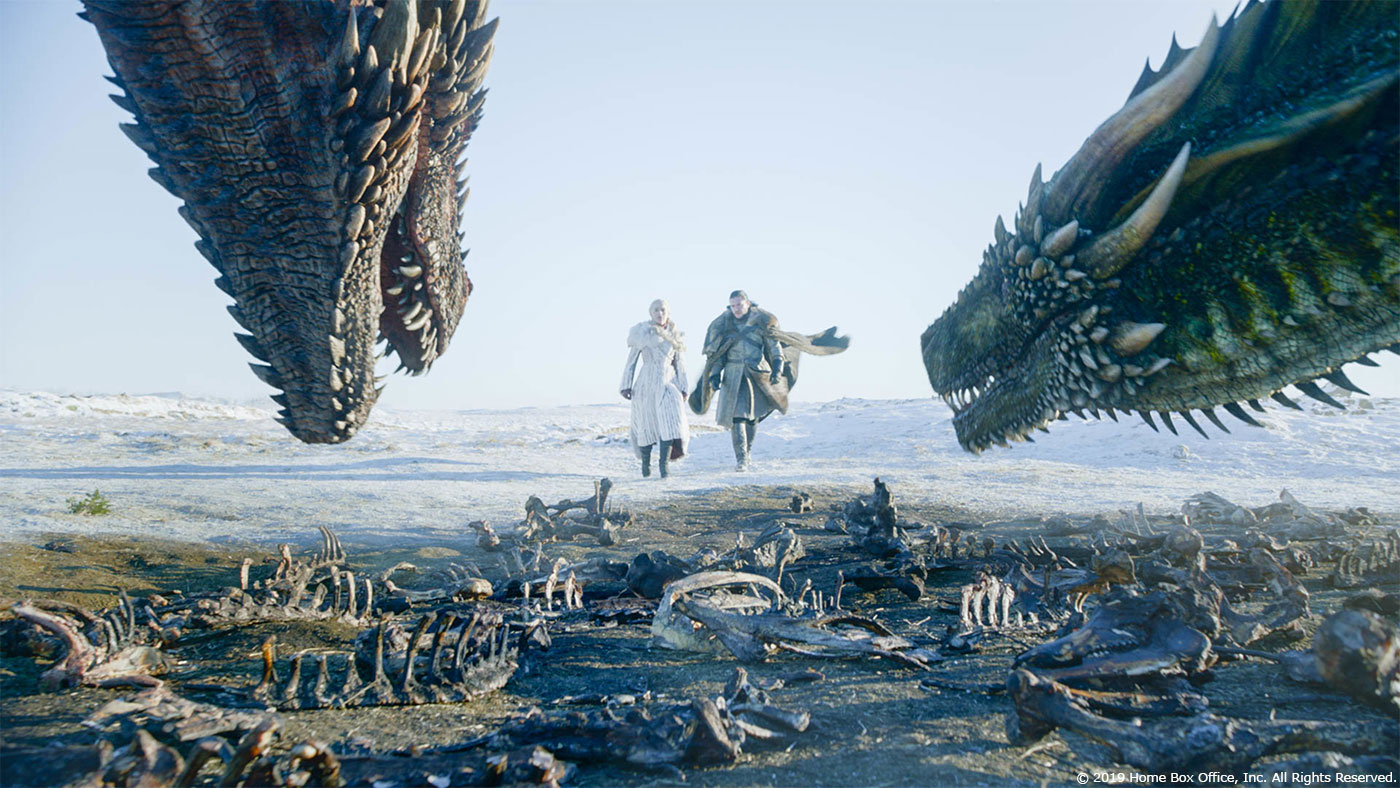
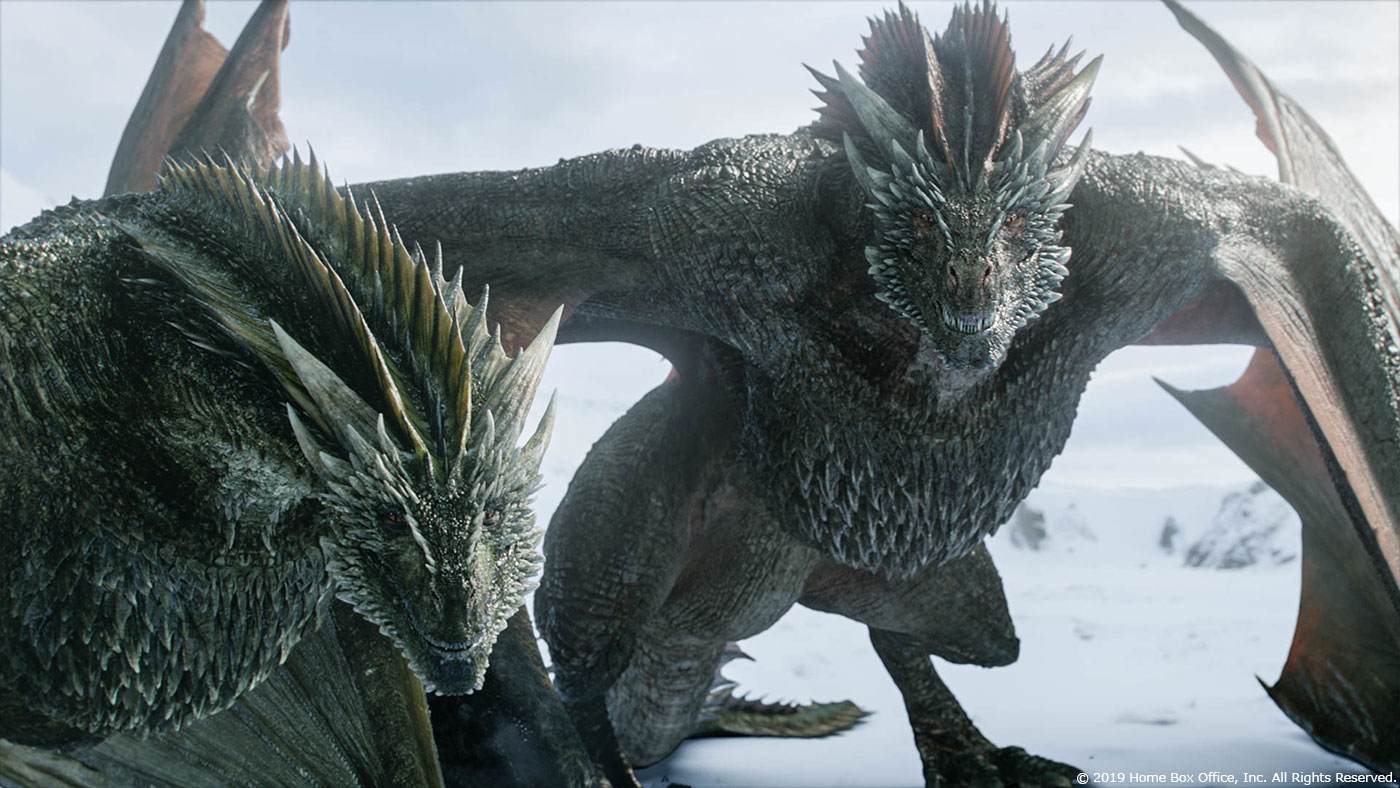
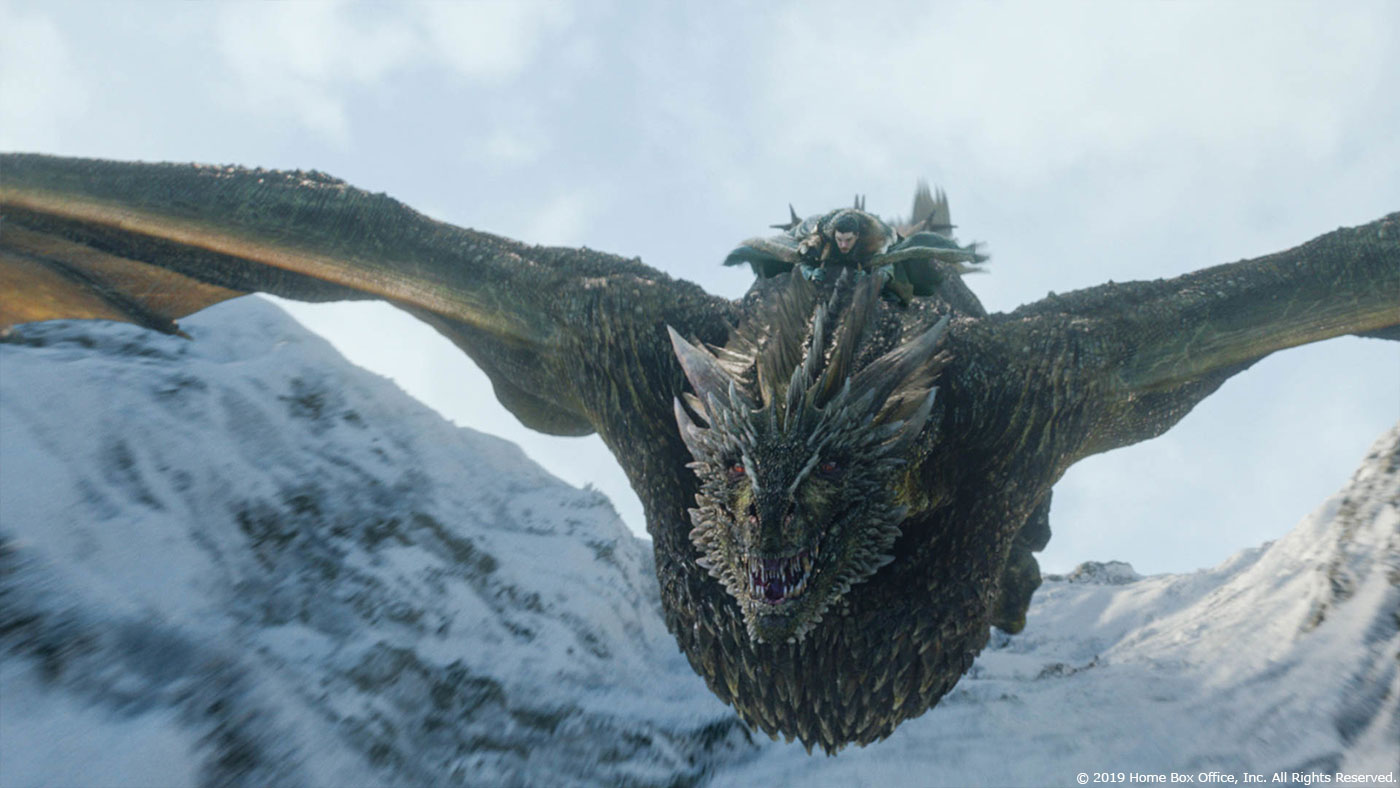
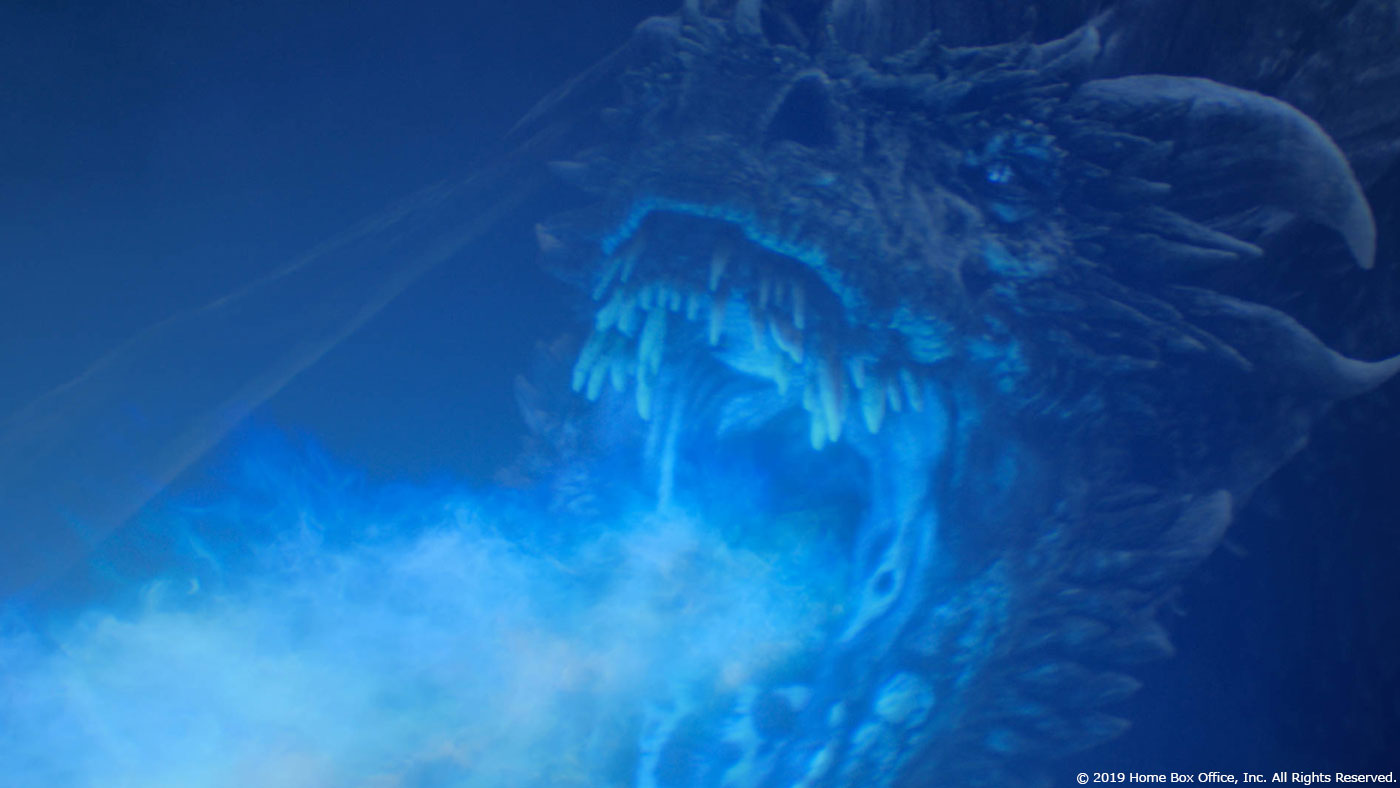
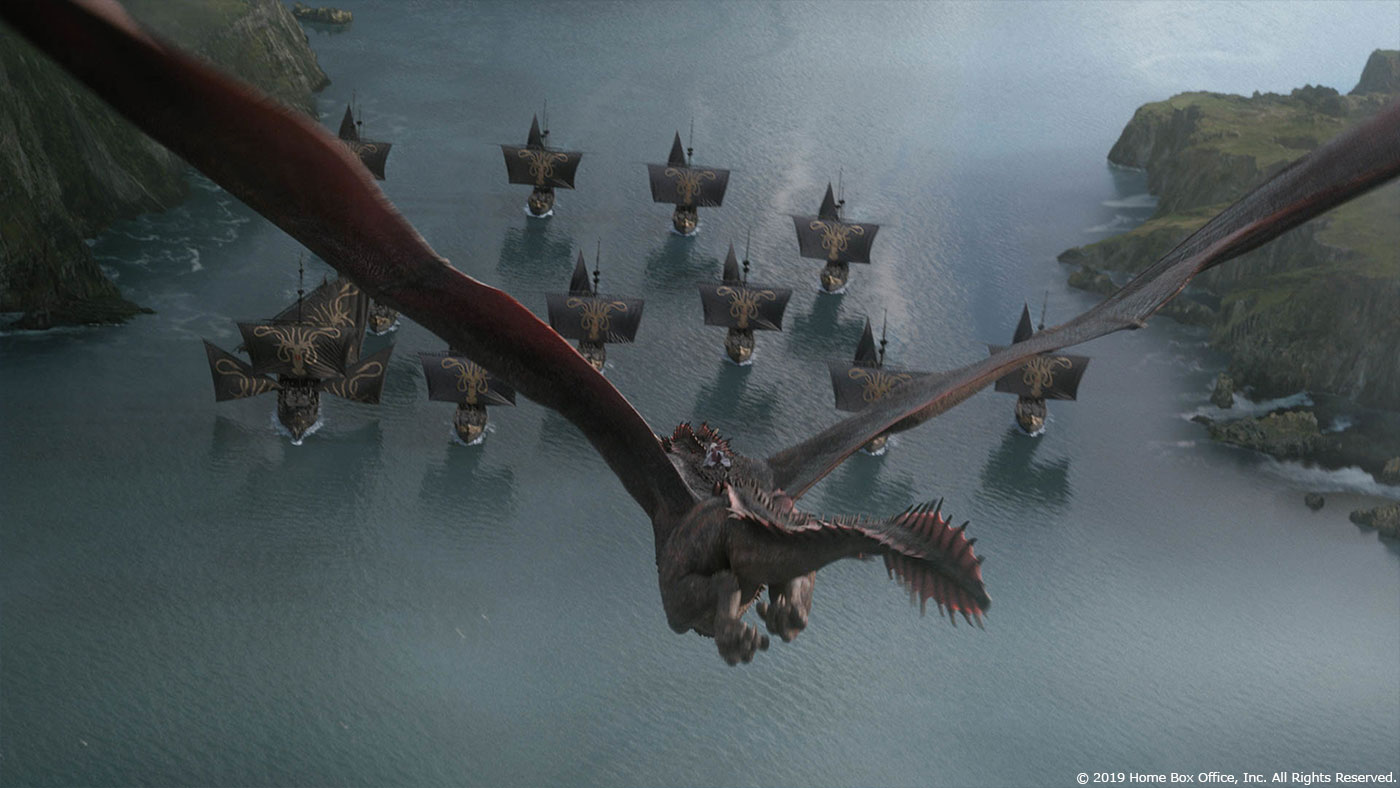
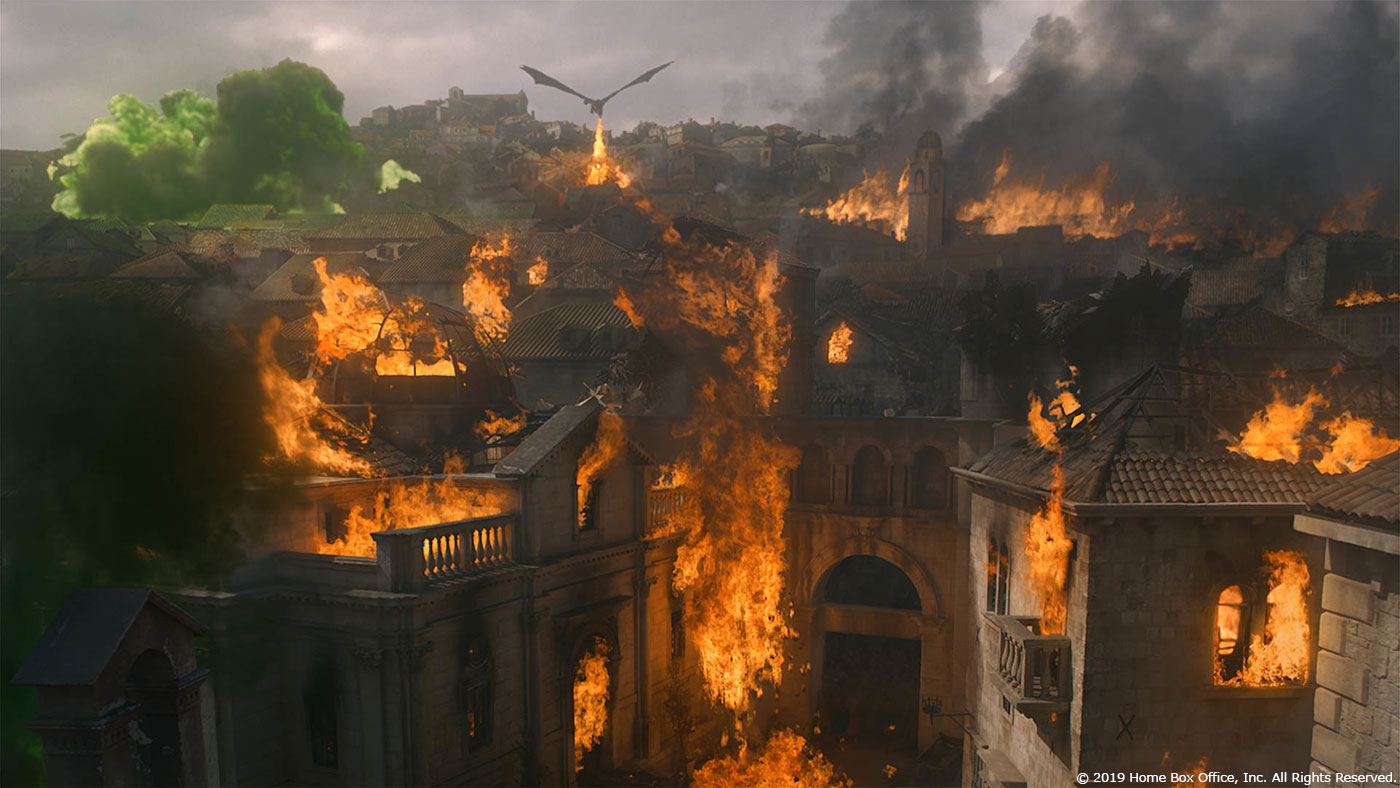
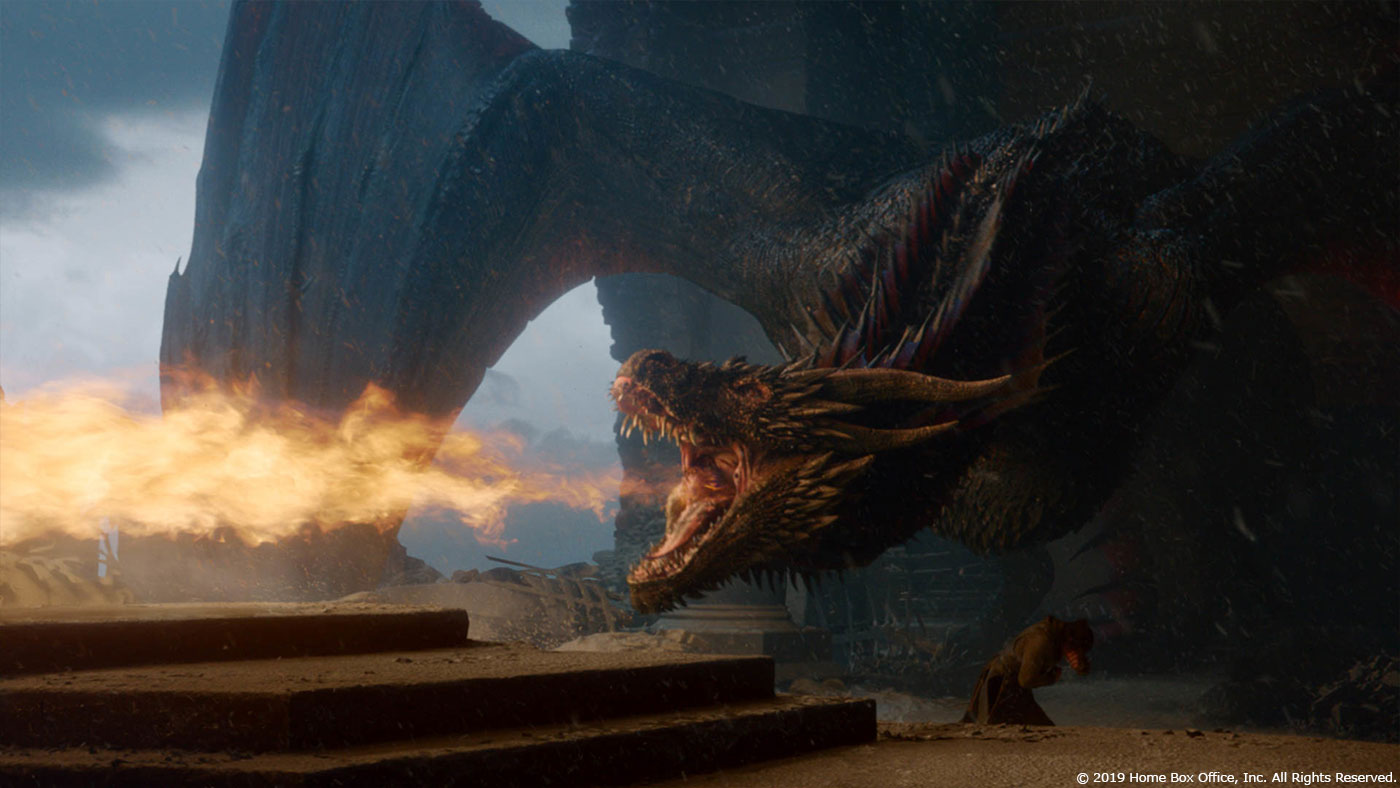
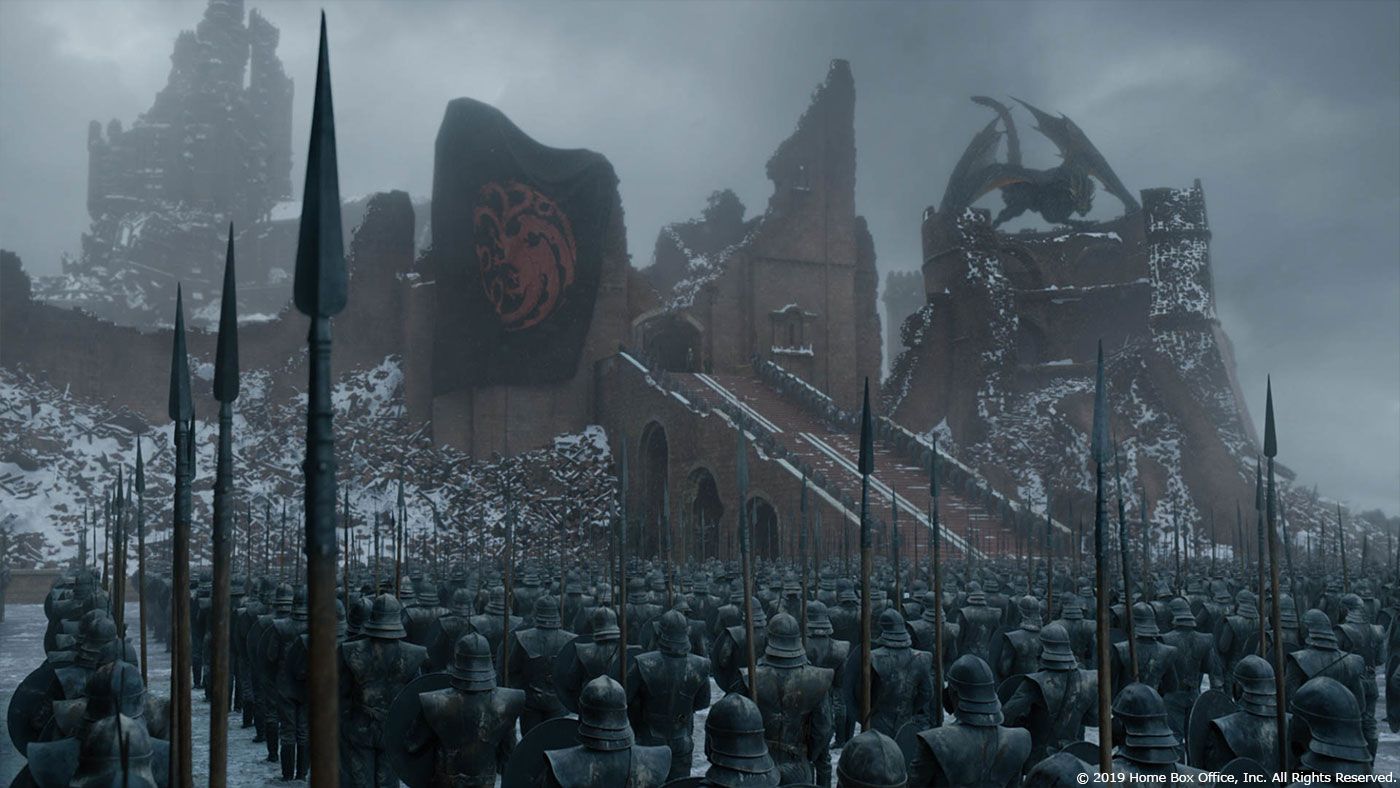
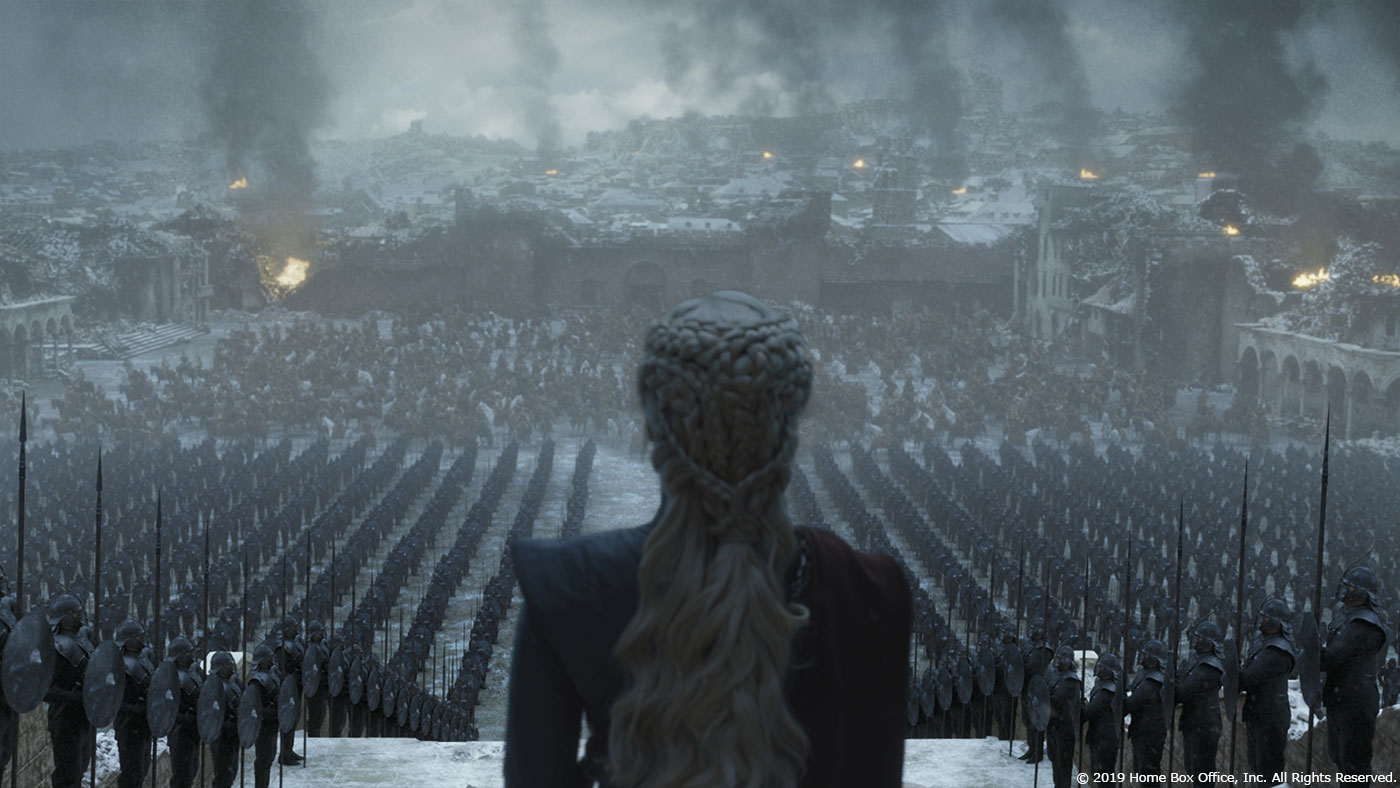



What’s next for HBO? A delve into a reboot/do-the-full-book-series of John Carter of Mars? It would be similarly epic to GOT if done by the right people. The GOT people seem like the right people. I hope they do. By then I should be ready to join the vfx crew on it.
Disney barely scratched the surface back in 2012, especially after abandoning the 3 movie series after the 1st tilt to pursue Star Wars sequels. Too bad for them. JCOM will be BIG.